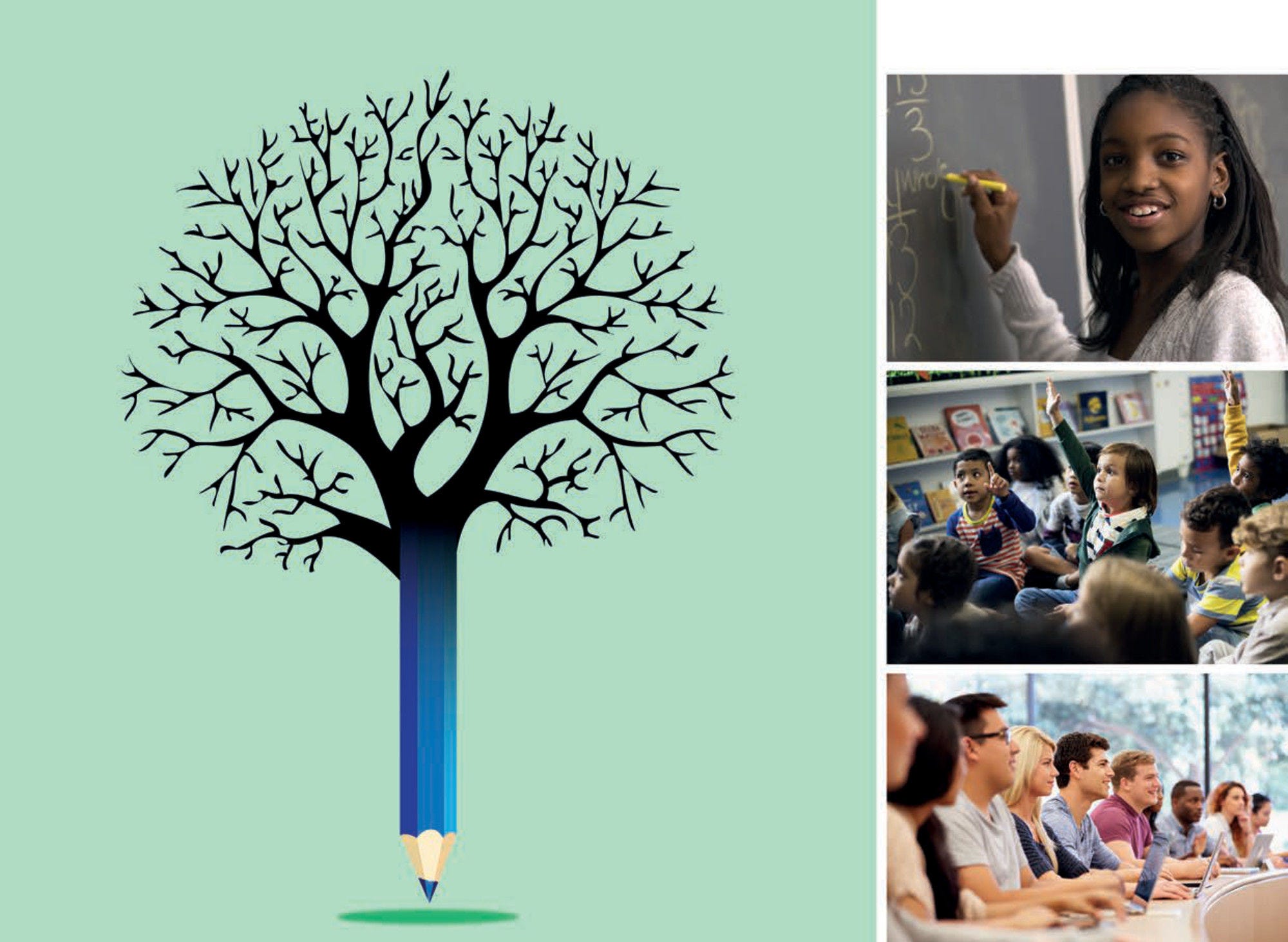Education systems operate in a world that is constantly evolving towards new equilibria, yet short-term crises may disrupt, accelerate or divert longer-term evolutions. This Framework for Responsiveness and Resilience in Education Policy aims to support policy makers to balance the urgent challenge of building eco-systems that adapt in the face of disruption and change (resilience), and the important challenge of navigating the ongoing evolution from industrial to post-industrial societies and economies (responsiveness). Building on international evidence and analysis from over 40 education systems, this framework endeavours to establish tangible, transferable and actionable definitions of resilience. These definitions, which are the goals of the framework (Why?), are underpinned by policy components of responsiveness (What?), which define priority areas for education policy makers. Policy pointers for resilience (How?) then illustrate how policy makers can apply these components in ways that promote resilience at the learner, broader learning environment and system levels of the policy ecosystem. Finally, a transversal component looks into the people and the processes undertaken in order to reach a given purpose (Who?). The report has been prepared with evidence from the Education Policy Outlook series – the OECD’s analytical observatory of education policy.
Education Policy Outlook 2021

Abstract
Executive Summary
Education systems operate in a world that is constantly evolving towards new equilibria, yet short-term crises may disrupt, accelerate or divert longer-term evolutions. Balancing the important and the urgent thus emerges as the key everyday task of today’s education systems. To do so, successful education systems must harness the kinetic energy of the ever-changing world they inhabit, becoming more dynamic and agile to meet the needs of an increasingly diverse set of learners.
The Framework for Responsiveness and Resilience in Education Policy has been developed in the context of the COVID-19 pandemic. It aims to support policy makers to balance the urgent challenge of building building eco-systems that adapt in the face of disruption and change (resilience), and the important challenge of navigating the ongoing evolution from industrial to post-industrial societies and economies (responsiveness). Building on international evidence and analysis, this framework endeavours to establish tangible, transferable and actionable definitions of resilient learners, resilient learning environments and resilient education systems. These definitions, which are the goals of the framework (Why?), are underpinned by policy components of responsiveness (What?), which define priority areas for education policy makers. Policy pointers for resilience (How?) then illustrate how policy makers can apply these components in ways that promote resilience at the learner, broader learning environment and system levels of the policy ecosystem. Finally, a transversal component looks into the people and the processes undertaken in order to reach a given purpose (Who?).
At learner level
Why nurture resilient learners? Resilient learners can adapt to various tasks and environments, taking advantage of opportunities to reach their individual potential. Such learners have the capacity and agency to identify and capitalise on opportunities given to them by the system and to create their own. They are also able to move between learning tasks and environments, engaging pro-actively in efforts to enhance them. All resilient learners can eventually reach their potential regardless of background, interests or needs.
What policy components of responsiveness can nurture resilient learners? Policy makers can promote resilience at this level through promoting policy components of responsiveness that empower learners to confidently navigate their worlds while providing them with combined adaptive pedagogies for all, and sustained supports for the most vulnerable students.
How to apply these components so they translate into resilience? To be most effective in promoting resilience, these components need to favour policy approaches that foster learners’ agency and co-agency, encourage learners’ engagement and voice, and nurture positive climates and interactions for learning. Furthermore, it is important to apply these components in a way that makes personalised and flexible learning available to all learners while connecting and strengthening targeted supports for vulnerable learners, also for the longer term. This may be through multidimensional support that is open to different types of disadvantage, and that follows a longer-term vision of state transcending government administrations.
At broader learning environment level
Why nurture resilient broader learning environments? Resilient broader learning environments transcend education institutions to shape a dynamic and collaborative local education network. While institutions remain at the heart of education systems, these broader learning environments promote richer and more meaningful learning for all. In so doing, they prioritise people and processes over classrooms and devices, establishing and achieving collaborations that are holistic, deep and durable. Driving this is a strong sense of leadership, through which institutional actors are empowered to implement policies in their environments in ways that respond to local contexts.
What policy components of responsiveness can nurture resilient broader learning environments? Policy makers can promote resilience at this level by prioritising policy components of responsiveness that position the education institution at the heart of a strategic network of actors and services, and empower teachers and other education staff to lead richer learning processes across environments.
How to apply these components so they translate into resilience? To translate into resilience, these components then need to be applied in a manner that convenes a wider range of actors to advance the work of institutions and strengthen links between services to address learners’ needs more holistically. In the same way, they need to enable and encourage staff in education institutions to adapt policies and practices to their contexts. Furthermore, they can promote the resilience of education staff by supporting their professional learning, collaboration, well-being and leadership.
At system level
Why nurture resilient systems? Resilience at system level enables societies to achieve a strategic vision of social and economic prosperity. It makes this possible through information infrastructure and pathways. Firstly, a smart information infrastructure enables actors across the system to collect, disseminate and use information in ways that provide them with a sense of priorities, as well as an ability to identify either stagnation or progress. Secondly, clearly defined but malleable learning pathways connect learners’ potential and aspirations with education, training and evolving labour markets.
What components of policy responsiveness can nurture resilience at system level? Policy makers can promote resilience at this level by prioritising policy components of responsiveness that draw attention to collecting, disseminating and improving the use of student information, as well as fostering dynamic educational pathways that evolve with the learner and the times.
How to apply these components so they translate into resilience? To translate into resilience, these components need to be applied through revisiting the collection of information about students and their learning, as well as purposeful dissemination of information on student progress and the practices that enhance it, and engagement of actors to better use information about students, their learning and related practices. They also need to be applied within a context that seeks smooth transitions within education systems by aligning structures, people and processes. Furthermore, they should be employed with the aim of ensuring the relevance of the educational offer through differentiated approaches for the short and longer term, and supporting students to develop ambitious and realistic career expectations.
Transversal components
Carefully visualising who is the main actor of a policy is essential for resilience to be possible at any of these levels. However, people do not act in a vacuum; for them to be effectively part of a resilient ecosystem, they need to mobilise towards a specific purpose and be supported to act through a given process.











